Every dog owner has faced that moment when a simple command is spoken clearly and met with complete disregard. You repeat it, soften your tone, offer a treat, yet the eyes staring back hold no intention of moving. It is frustrating and sometimes even defeating.
You begin to wonder if you are doing something wrong, but often the answer is not failure; it is temperament. Some dogs are simply built differently. They listen carefully but act when it feels right to them. They are not disobedient out of defiance; they are confident in their own rhythm.
Living with such a dog means learning patience, humor, and flexibility. You adapt, negotiate, and learn to celebrate the small victories. Over time, you start to value the individuality behind their resistance. These dogs may never follow every command, but they will show you a new meaning of companionship.
So here, you will explore the least obedient breeds and learn how their independence reveals a different kind of intelligence and devotion.
Key Takeaways
Obedience isn’t every dog’s strong suit, especially for those bred to think, track, or guard on their own terms.
From the refined Afghan Hound to the calm yet calculating Mastiff, each breed brings its own version of independence.
The Beagle and Bloodhound follow invisible scent trails, turning every walk into a detective mission of their own making.
By the end, you’ll see that disobedience can be a sign of brilliance wrapped in fur.
Least Obedient Dog Breeds That Refuse to Follow Commands
1. Afghan Hound
The Afghan Hound carries an air of mystery that perfectly matches its aloof temperament. Beneath that long, silky coat lies a hunter’s heart that doesn’t easily bend to authority. Their self-assured nature often leaves trainers second-guessing who’s really in charge during obedience lessons.
A Mind of Its Own
These dogs think fast and act faster, often deciding whether a command is worth following. It’s not stubbornness in the usual sense; it’s selective participation based on instinct and mood. Their independent judgment can be both fascinating and frustrating for first-time owners.
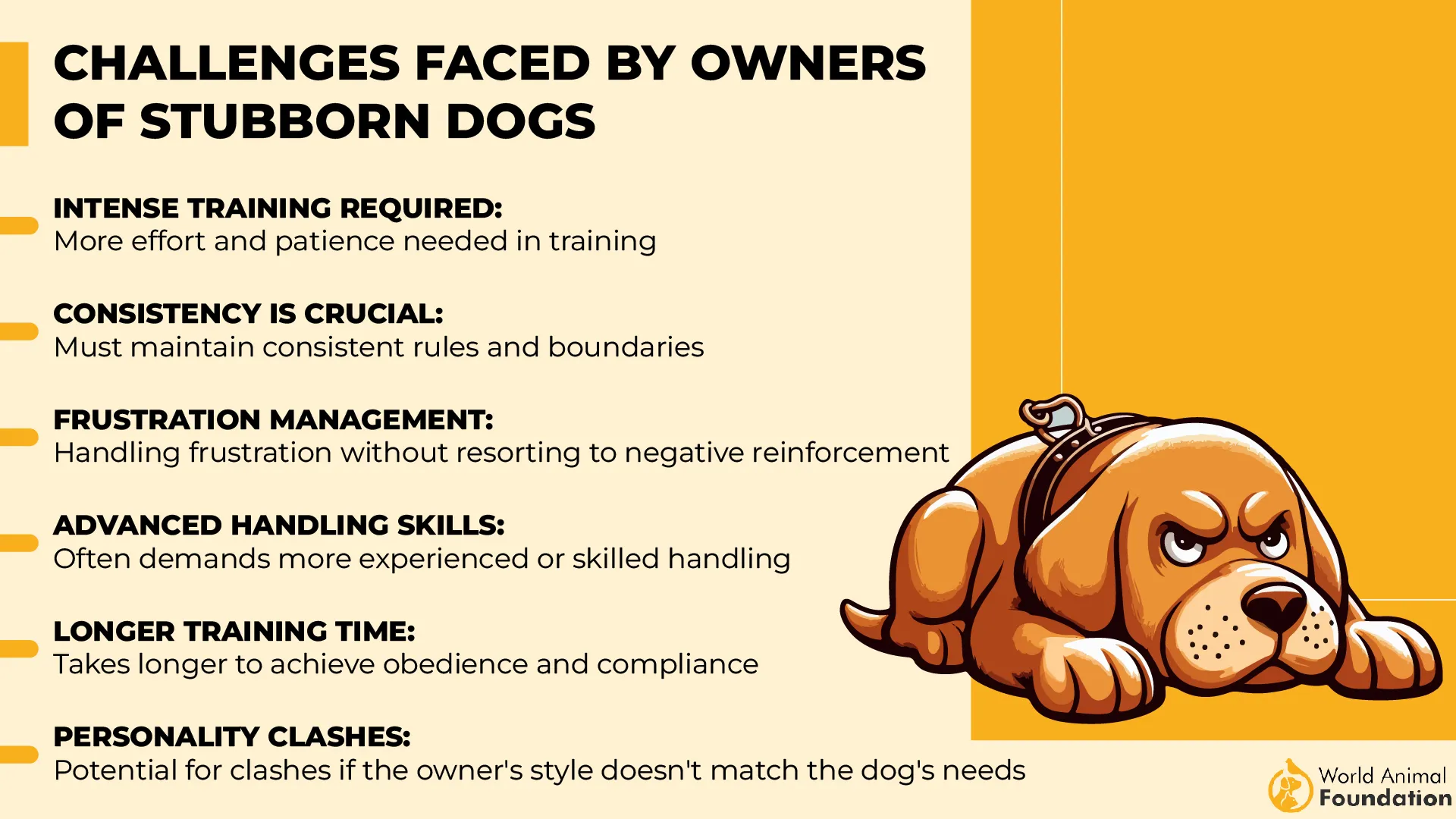
They often:
Pause to assess before obeying a command
Wander off mid-training if uninterested
Follow their instincts over verbal cues
Loyalty on Their Own Terms
Their loyalty is intense but reserved, often reserved for one person they truly trust. Commands from others may be met with silence or a calm stare that says, “I’ll decide.” Their beauty and independence make them unforgettable companions for those who appreciate a challenge.
2. Basenji
The Basenji may look polished and polite, but training this dog is like negotiating with a clever toddler. Known for its sharp intelligence and catlike independence, it quickly figures out commands—and then decides if they’re worth following. This natural self-assurance is what makes obedience optional in its world.
Smart Enough to Outsmart You
Basenjis are thinkers more than followers. They enjoy doing things their own way, often pretending they didn’t hear you at all.
Here’s what their stubborn charm often looks like:
Testing boundaries with a calm stare
Ignoring repetitive cues once they’ve mastered them
Learning tricks only when properly motivated
Expressive Without a Bark
Being “barkless” doesn’t mean quiet. They communicate through unique sounds like yodels and chortles that reveal every mood, as per the AKC. This vocal creativity adds to their mystery and independence, making them unpredictable in training yet endlessly fascinating to live with.
3. Bulldog
Bulldogs carry an easygoing charm that makes them appear calm in every situation. Yet beneath their gentle expression lies a streak of independence that often slows down training.
They prefer doing things at their own pace, which sometimes gives them a reputation for being less obedient than other breeds.
When Patience Meets Personality
According to Petplan, training a Bulldog requires calm persistence rather than strict commands. They respond best to routines that keep things simple and rewarding. Their strong will can test even experienced owners, but once they trust you, they try their best to please in their own quiet way.
Still, a few traits explain why they can be tricky to train:
Tend to lose focus during repetitive tasks
Respond slowly to verbal cues
Prefer comfort and routine over structured drills
Smart but Selective Learners
Bulldogs are more intelligent than they often get credit for. The challenge is not comprehension but motivation. If a task feels unnecessary, they simply decide it can wait, giving trainers the impression they’re ignoring commands when they’re really just disinterested.
4. Chow Chow
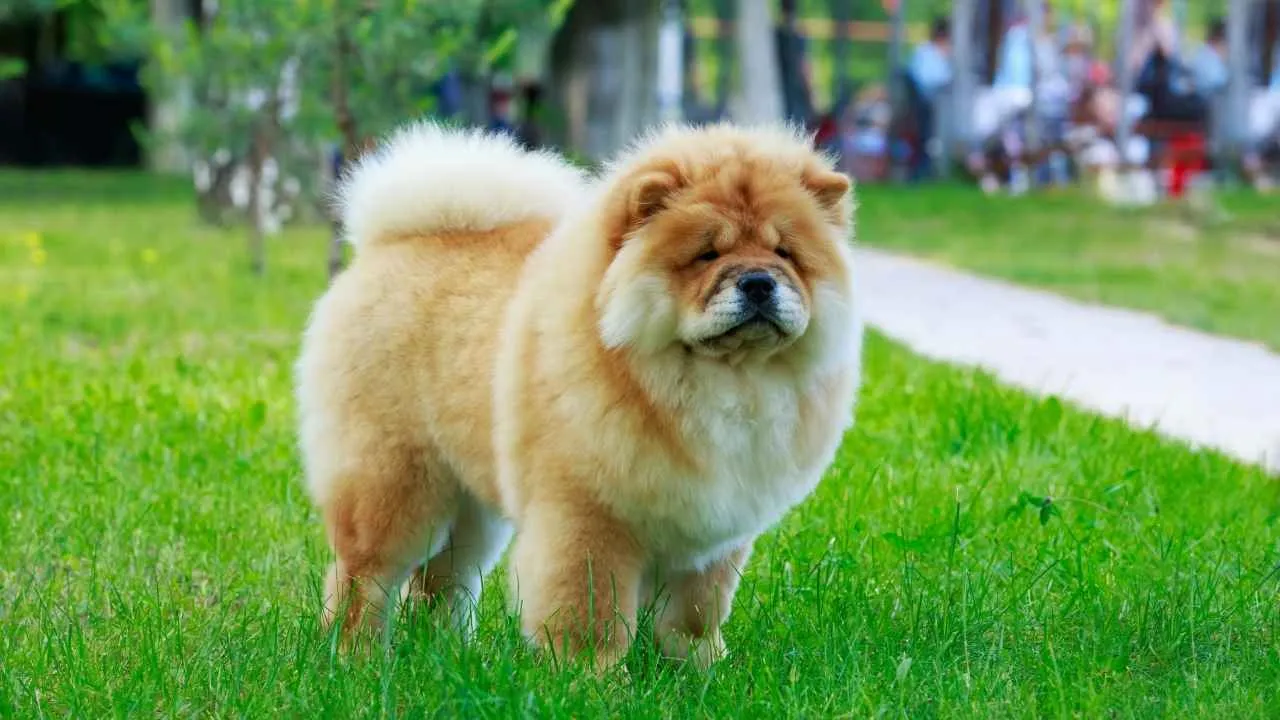
The Chow Chow carries itself with quiet dignity and prefers to observe rather than obey right away. Its independence is often mistaken for stubbornness, but this breed simply values its own judgment over blind obedience. Many owners describe training a Chow as more like negotiation than instruction.
Strong-Willed Thinker
This dog learns quickly but chooses when to listen, a trait that can test even experienced trainers. Their sharp minds and proud nature make them confident decision-makers who prefer to follow their own instincts.
Some habits reflect this side well:
Responds only when it feels the command makes sense
Shows limited interest in repetitive tasksOften pauses before acting, assessing the situation first
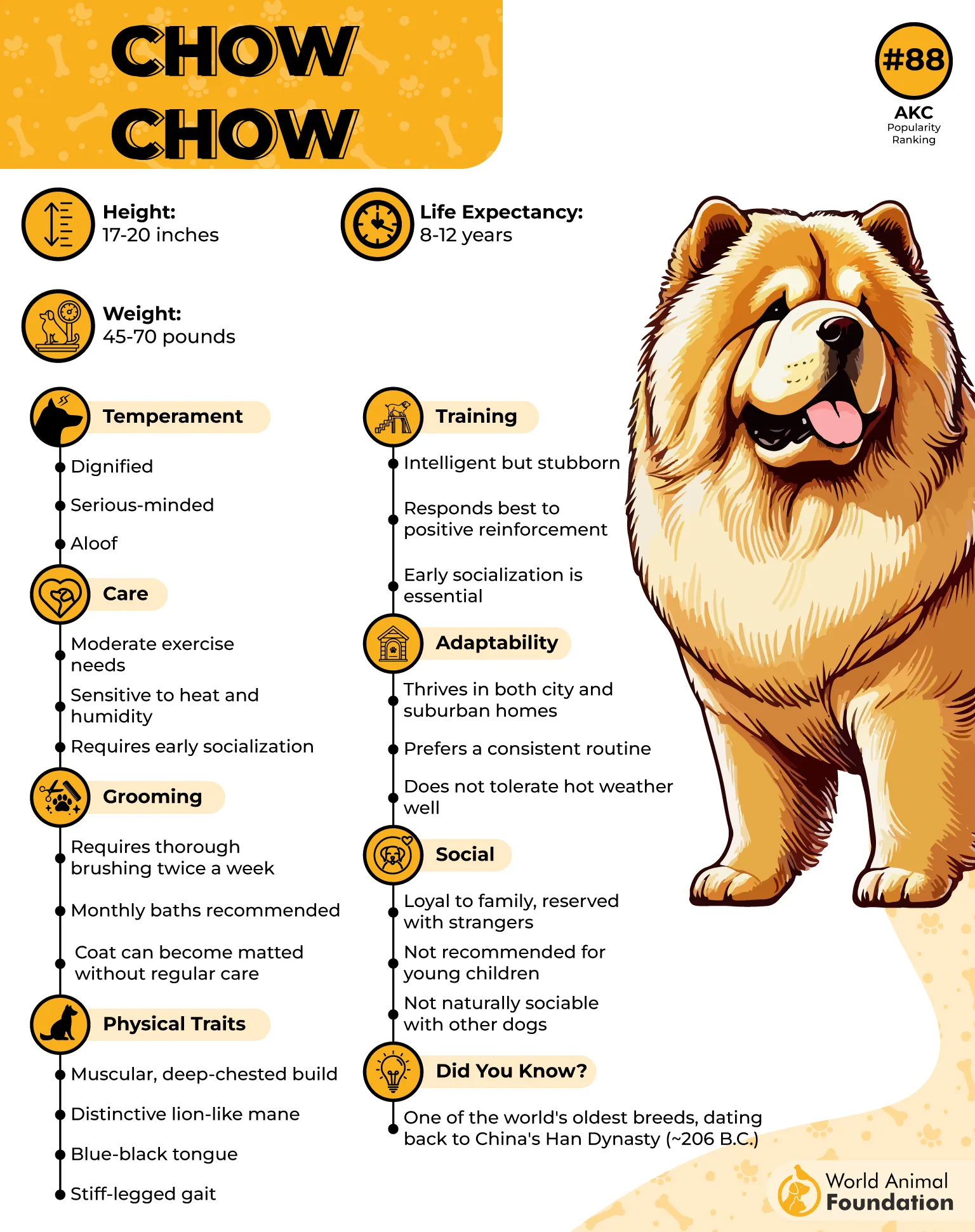
Selective Affection
Chow Chows are affectionate on their terms and form close attachments with only a few trusted humans. They respect structure but dislike being pressured, which can make obedience training a slower process. Their loyalty comes quietly and steadily rather than through eagerness to please.
5. Borzoi
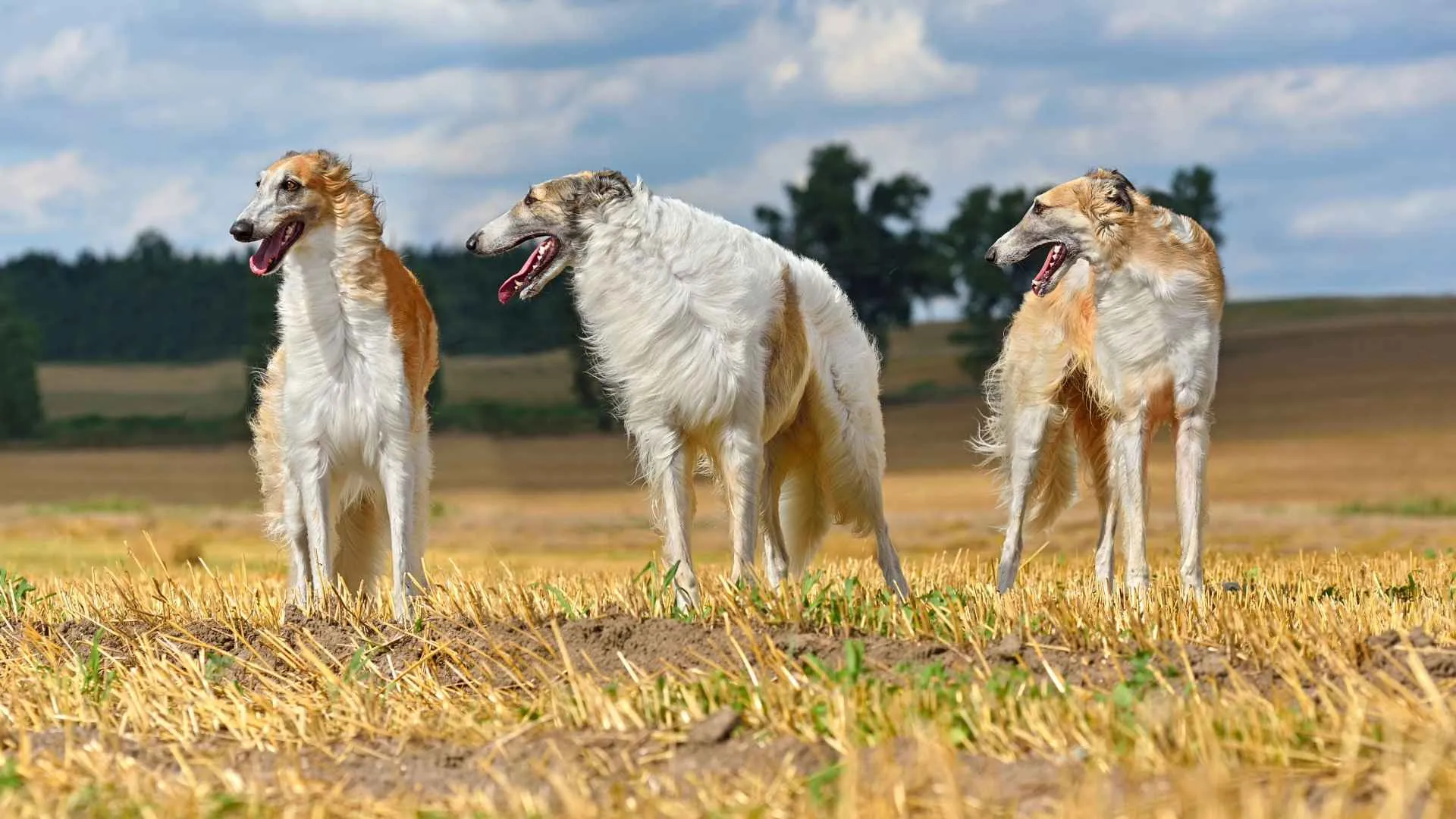
Graceful and composed, the Borzoi often leaves an impression of quiet nobility. But behind that calm face lies a streak of independence that makes obedience training an art of patience. This sighthound prefers making its own choices, responding when it sees reason rather than routine.
Calm but Selectively Obedient
Their soft expression hides a mind that values freedom over commands. Training a Borzoi requires calm consistency, not force, as they easily lose interest in repetition. They remember instructions but follow them only when it suits their mood.
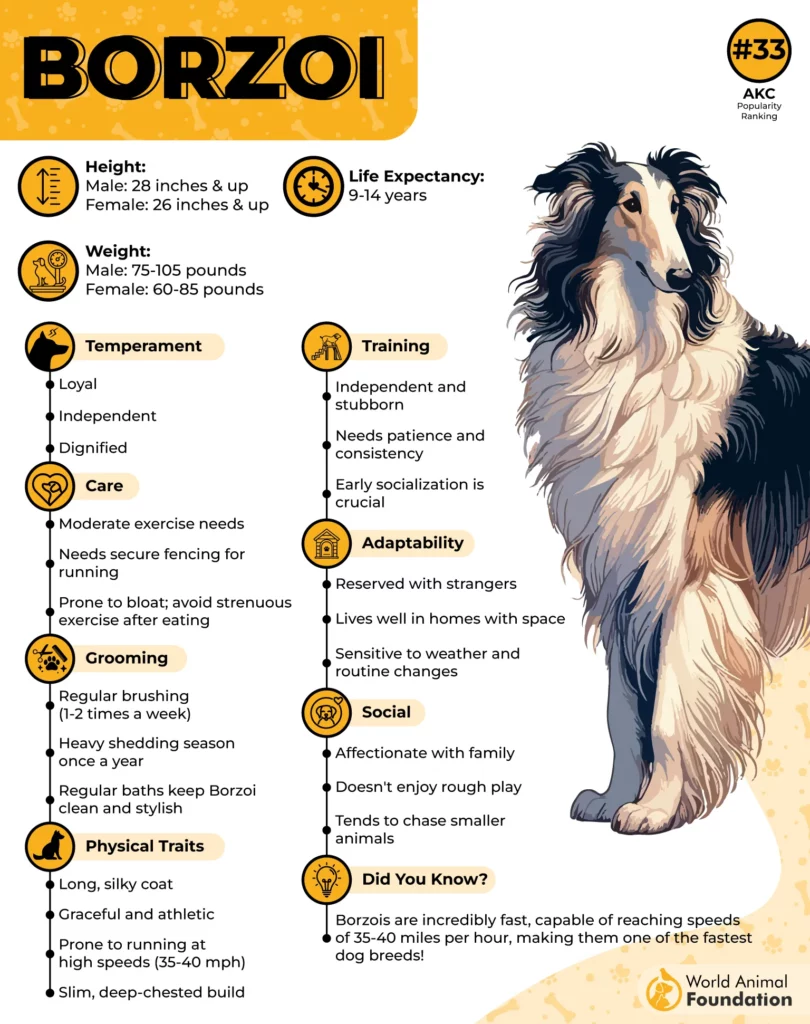
It’s easy to see this attitude in the way they move and respond:
Quick to spot movement but slow to respond to calls
Learns fast yet chooses when to listen
More responsive to kindness than correction
The Chase Instinct That Rules
The Borzoi’s loyalty doesn’t translate to instant obedience. A sudden flash of motion can switch their attention entirely, turning them into a blur chasing down a squirrel or cat. Their prey drive is strong enough to override training in seconds, reminding owners of their true sighthound heritage.
Did You Know: The Borzoi can reach speeds of up to 35-40 miles per hour, rivaling a racing Greyhound in full stride.
6. Pekingese
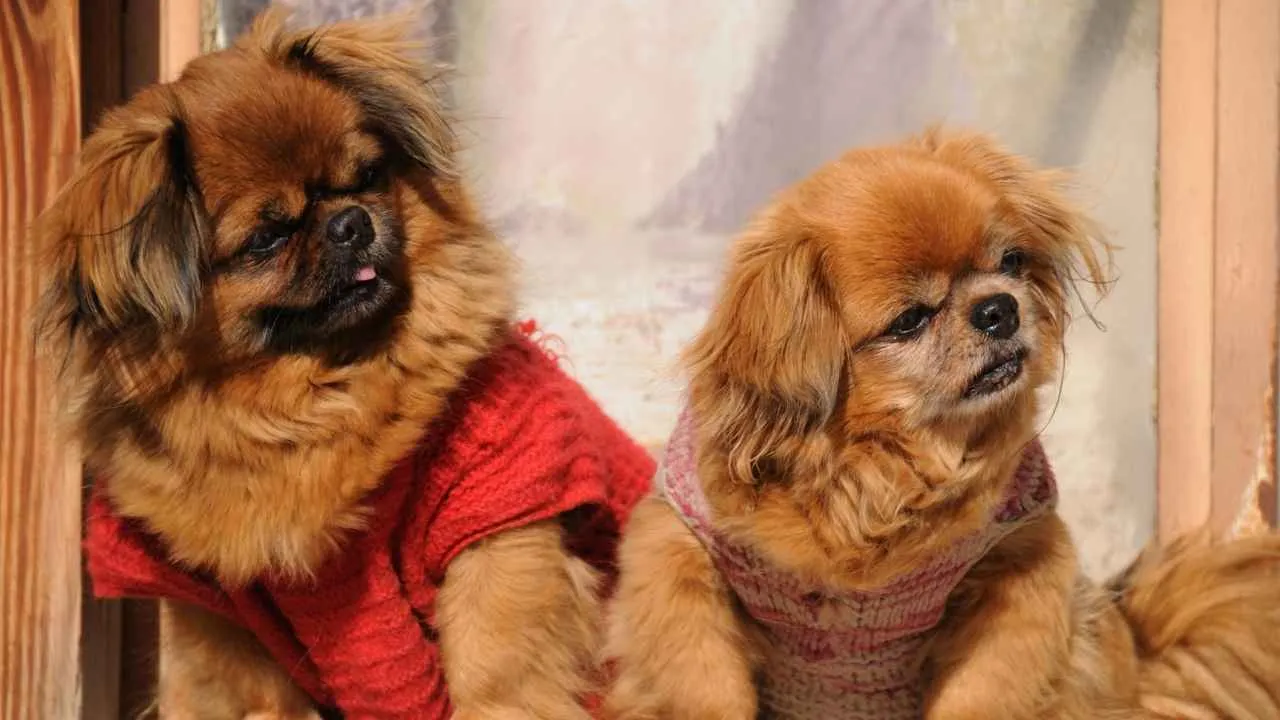
The Pekingese carries itself with quiet confidence and a certain self-importance that makes it stand out. Centuries of pampered living have given it a personality that values choice over command.
This small companion doesn’t seek approval but expects respect, which can make obedience lessons feel optional.
Stubborn Yet Remarkably Intelligent
Pekes understand what’s asked of them but prefer to decide when it’s worth doing. Training sessions often turn into polite negotiations, where patience matters more than authority. Their personality shines through in these moments, making every interaction both amusing and humbling.
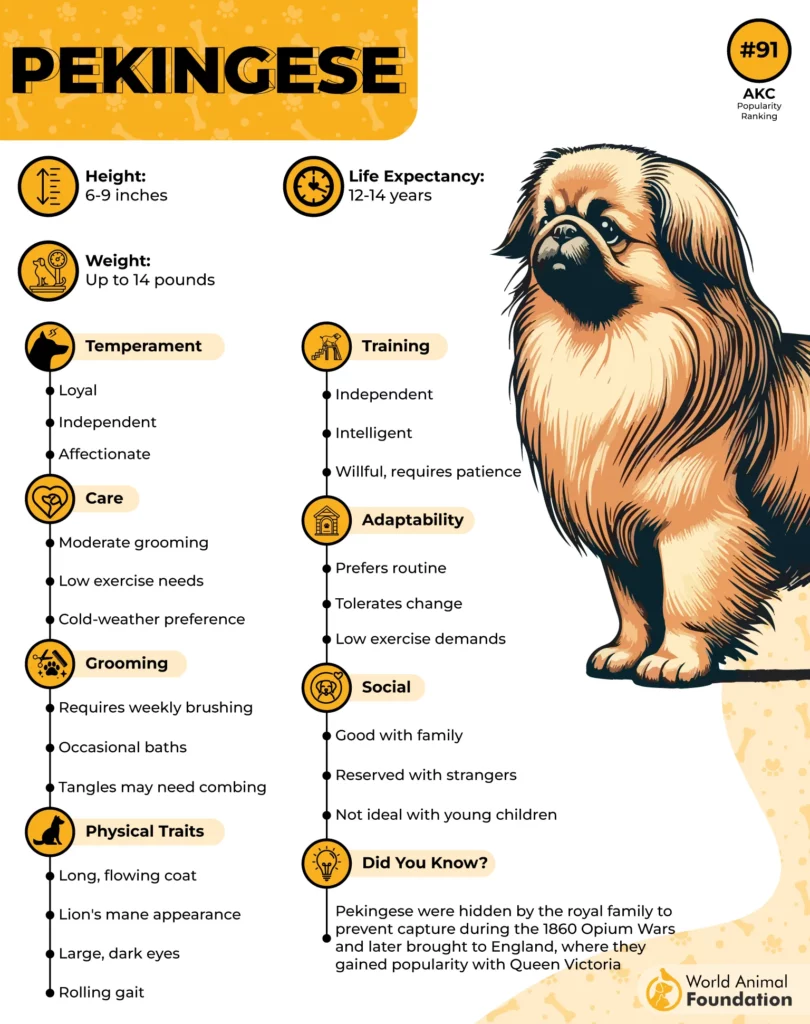
Here are a few glimpses of their bold nature:
Responds only when genuinely interested
Quick to sense a trainer’s mood
Turns routine lessons into personal performances
Calm When Respected
The Pekingese rarely acts out for attention; it simply follows its own rhythm. When treated with calm consistency, it cooperates willingly and even shows surprising affection. Its composure reflects deep intelligence, not defiance, but it resists commands that feel too forceful or repetitive.
7. Beagle
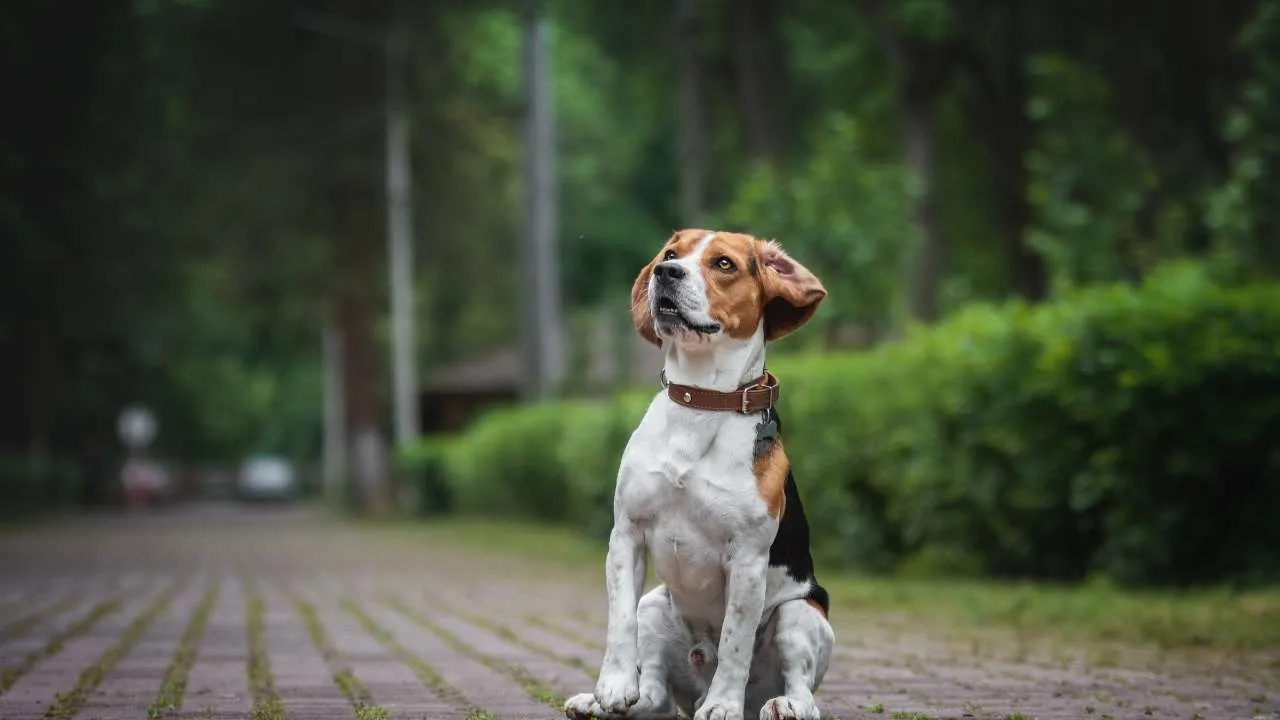
Beagles have a natural drive to investigate everything around them. Their sharp noses lead them on endless scent trails, often ignoring commands in pursuit of something intriguing. This intense curiosity makes them adventurous explorers who listen only when they feel like it.
A Nose That Runs the Show
Their independence comes from being scent hounds that once tracked game through dense fields, as per WebMD. When a Beagle catches a smell, almost nothing can break its focus, not even a strong command. These dogs rely more on instinct than instruction.
That’s where their true character shows:
Can follow a scent trail for miles without stopping
Easily distracted during obedience sessions
Respond best to play-based or reward-driven training
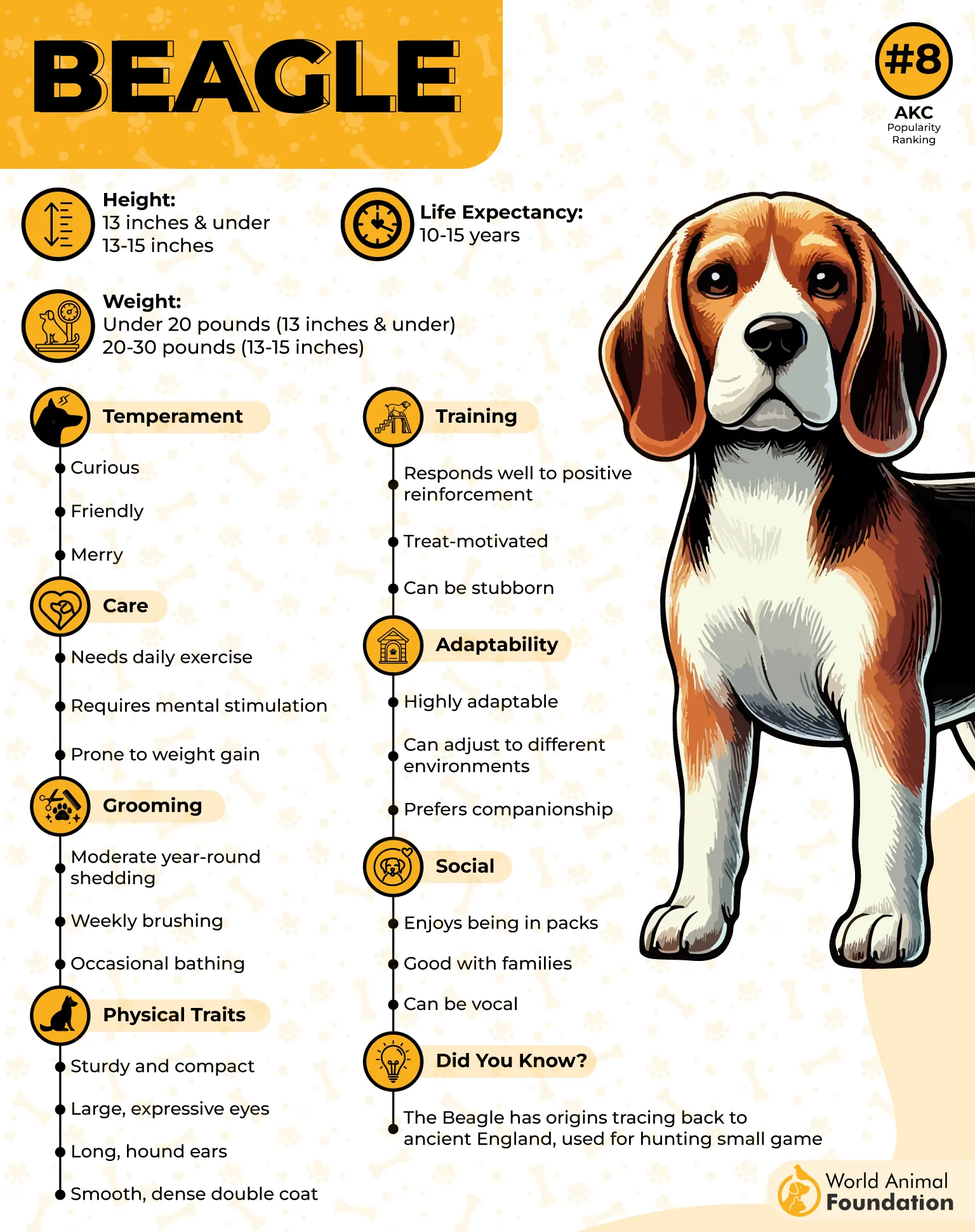
The Stubborn Charm Behind Their Defiance
A Beagle’s charm lies in its cleverness and determination. They understand commands but prefer testing boundaries to see what happens next. Trainers often describe them as quick learners who apply their intelligence on their own terms.
8. Mastiff
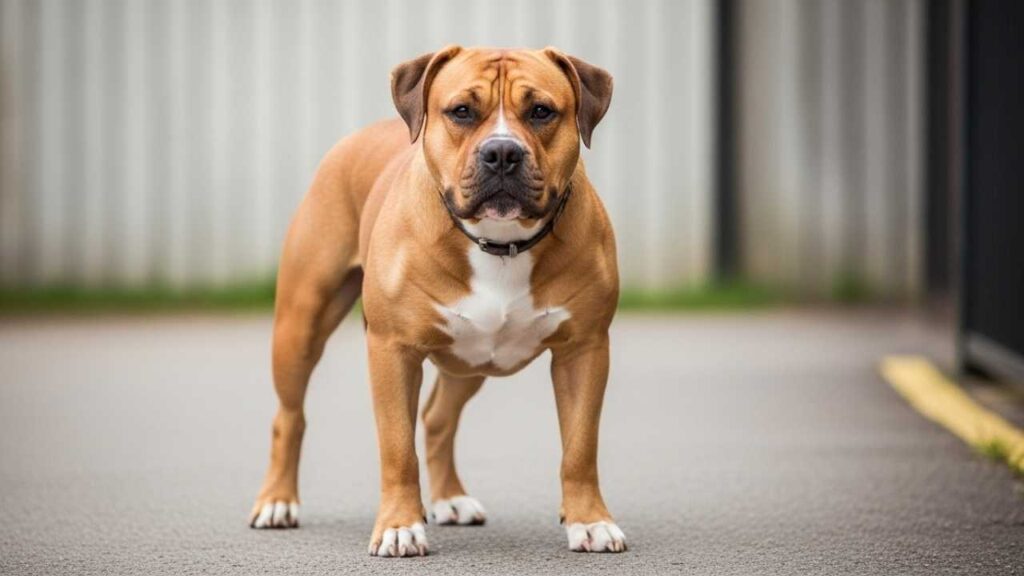
Mastiffs carry an air of quiet confidence that often feels unshakable. They assess situations calmly, moving only when they see a real reason to act. This slow, deliberate nature often reads as disobedience to first-time owners, though it comes from deep intelligence and self-assurance.
Patience Over Obedience
Their independent decision-making means they respond at their own pace, not on command. Mastiffs aren’t eager-to-please dogs. They think first, then act if it feels right to them. This makes training a game of patience rather than control.
Sometimes, what looks like stubbornness is just a calm pause for judgment:
They process instructions before responding
They need firm yet gentle consistency
They resist harsh correction or raised voices
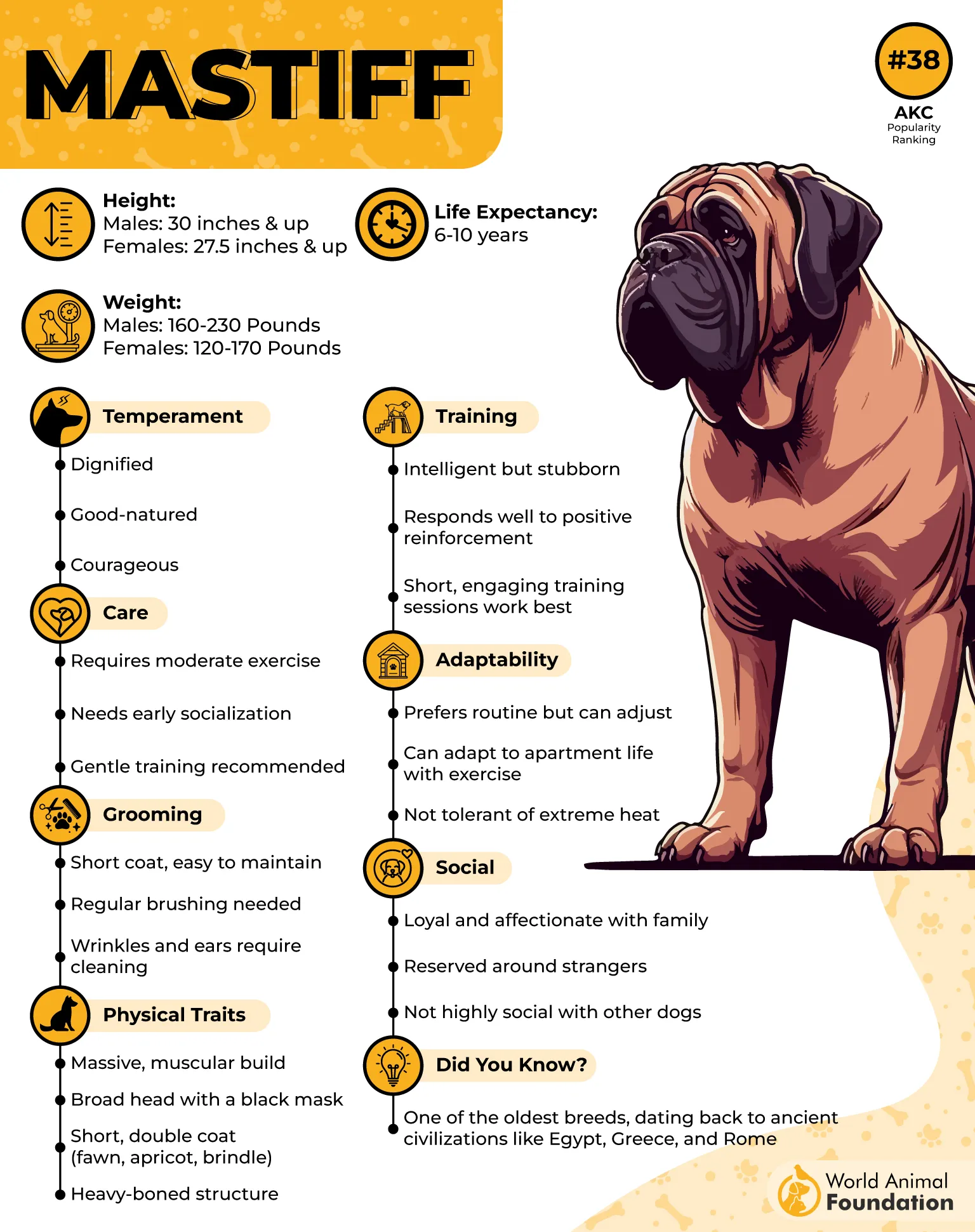
Gentle Temperament with Firm Boundaries
Even with their monumental strength, Mastiffs are naturally composed and affectionate. They prefer clear direction delivered with calm authority. Push them too hard, and they’ll quietly disengage, showing how selective obedience can look when confidence meets sensitivity.
9. Basset Hound
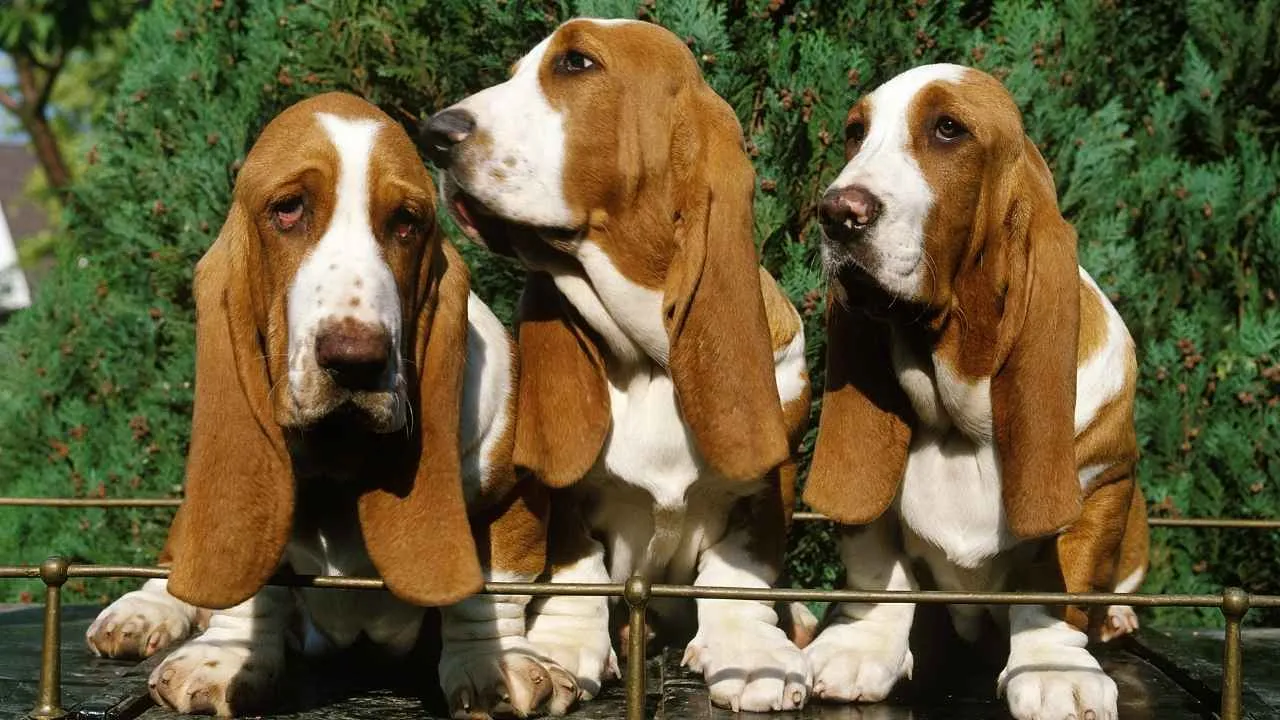
The Basset Hound is a scent expert, with one of the sharpest noses in the canine world. Once it locks onto a smell, almost nothing can break its focus. This natural hunter’s instinct makes them stubborn during training, often tuning out commands in favor of whatever scent has caught their attention.
The Calm Rebel at Home
Training a Basset Hound can test anyone’s patience, as these dogs tend to follow their own rules. They often act like they’re listening, until a more interesting scent passes by.
Some traits explain why obedience isn’t their strongest suit:
Easily distracted during training sessions
Slow to respond to repetitive cues
Motivated more by scent than treats or praise
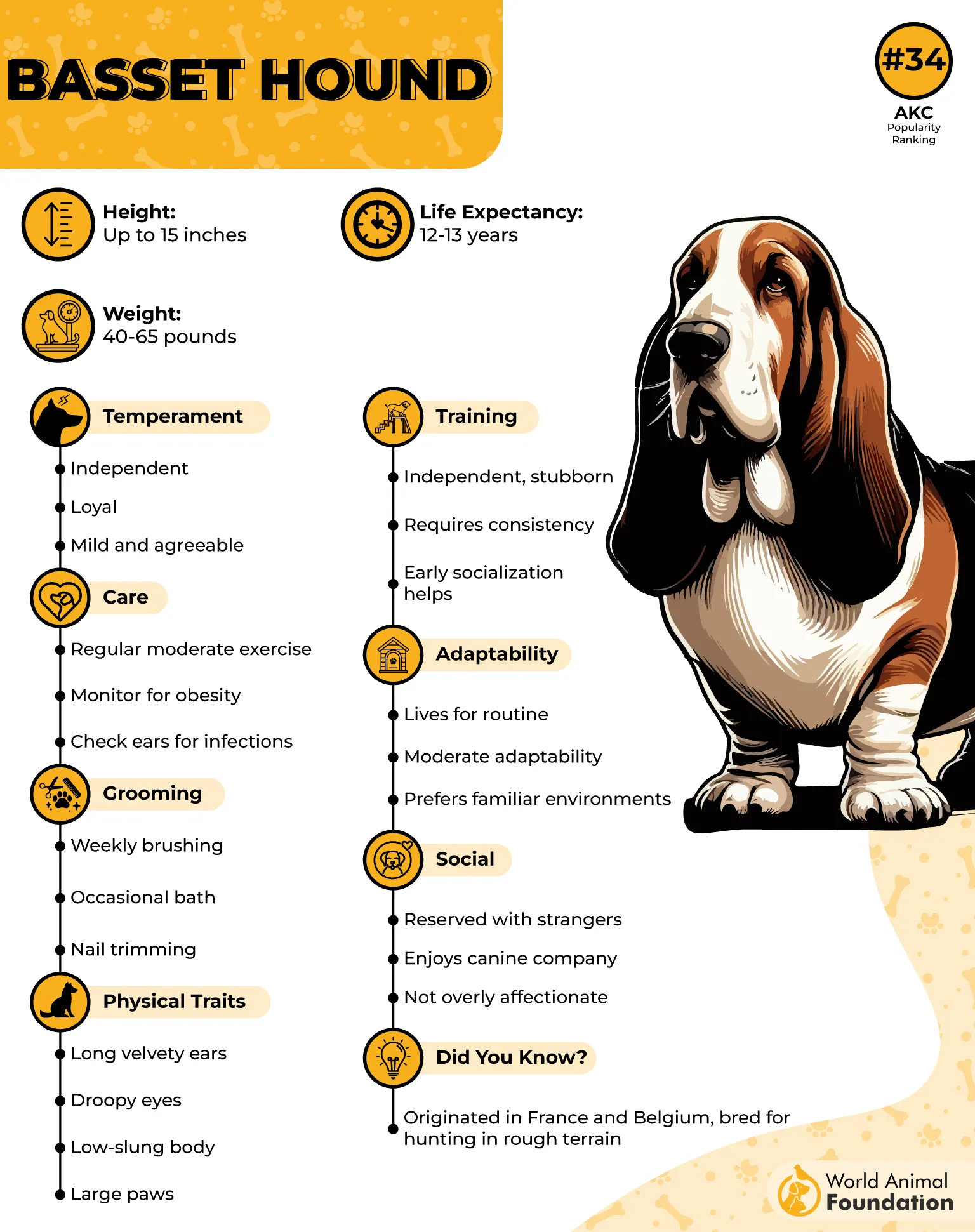
Charming but Selectively Obedient
They’re affectionate and loyal, but obedience isn’t always part of their charm. Basset Hounds prefer to think before they act, giving them a reputation for stubbornness. Their calm nature, however, makes them endearing to families who don’t mind a dog with a mind of its own.
10. Bloodhound
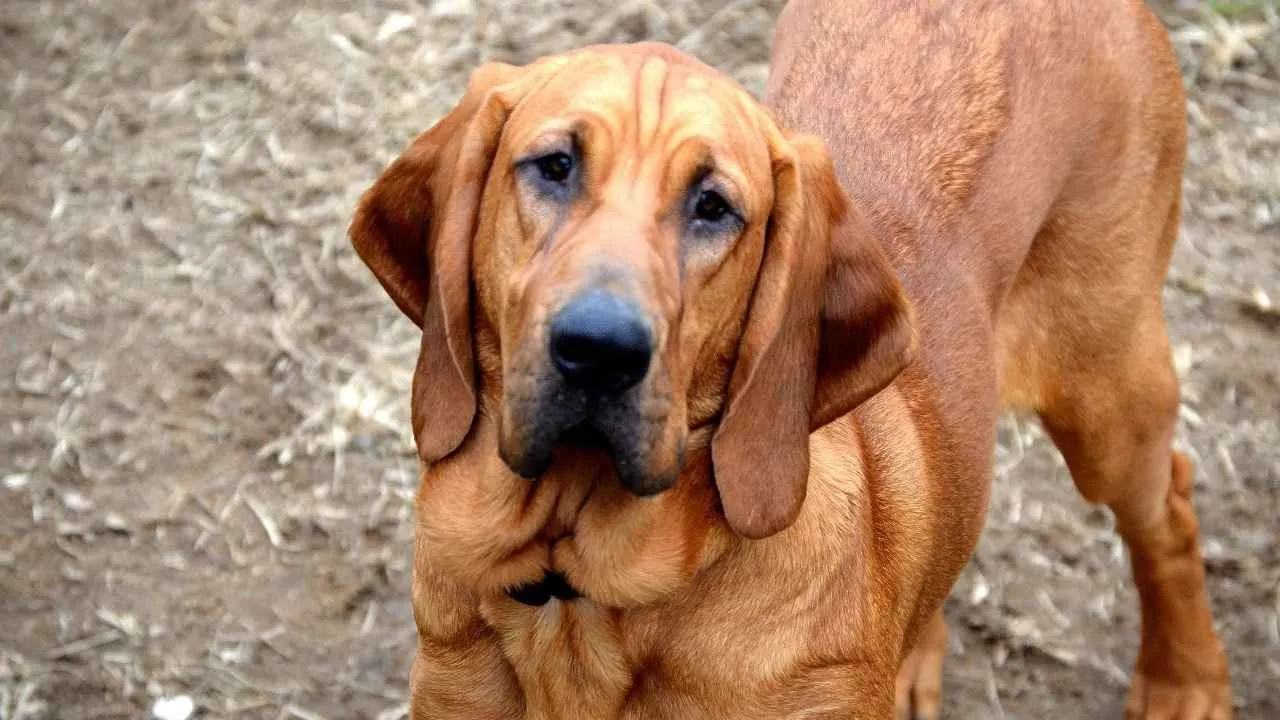
The Bloodhound’s life revolves around scent. Once its nose catches an interesting trail, the rest of the world fades away. This tunnel vision often feels like disobedience, but it’s simply their instincts overpowering every other cue, no matter how well-trained they are.
When Curiosity Beats Commands
Even the firmest voice can’t compete with a scent trail that’s days old. Their tracking drive is so strong that police rely on them for finding missing persons. It’s not that they ignore commands—they just prioritize what their nose tells them.
Sometimes this determination shows up in other ways, too:
Can follow a scent for more than 130 miles
Rarely breaks focus once locked on a trail
Needs calm, consistent reminders to return to task
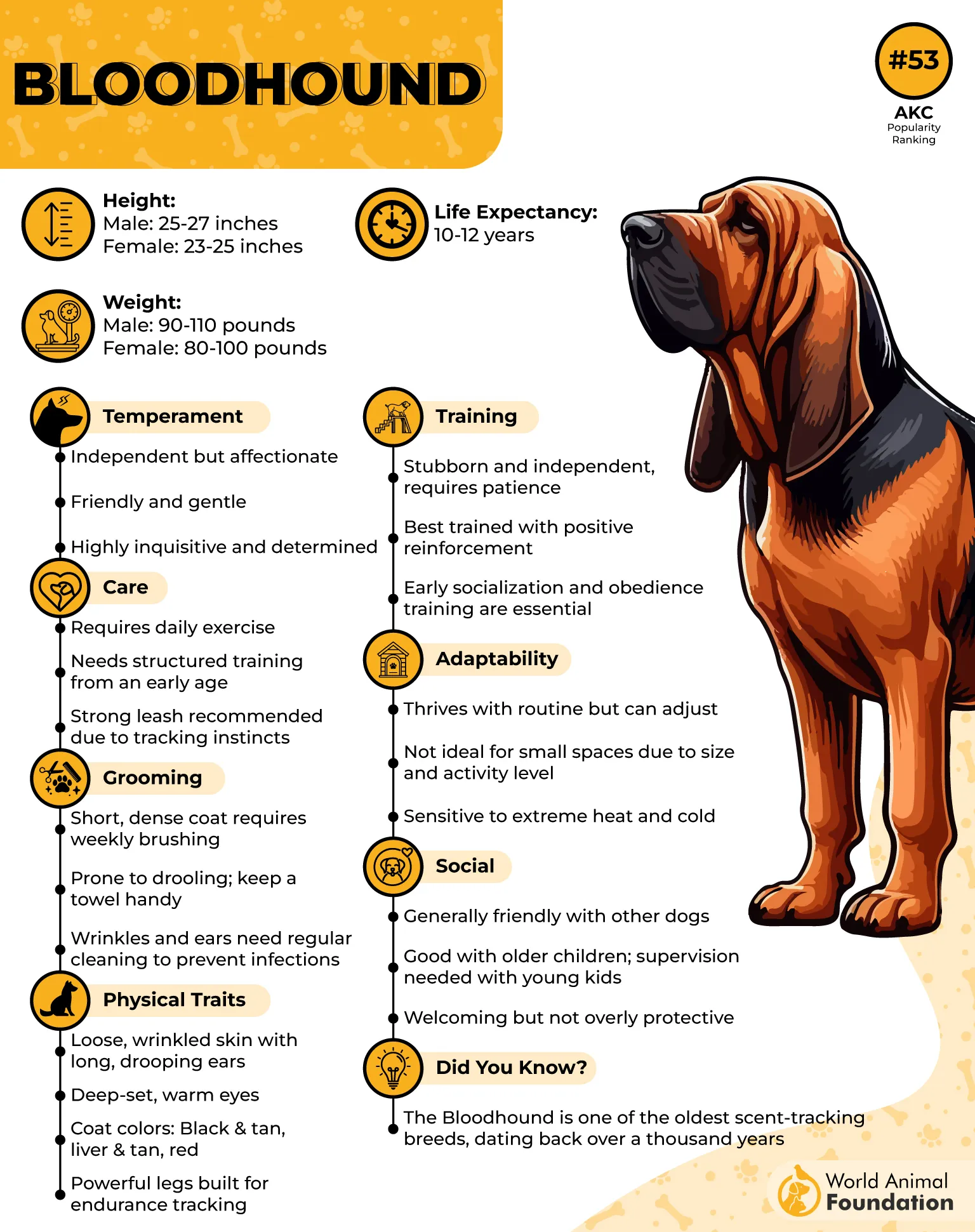
Intelligent Yet Uncompromising
Their intelligence is sharp, but it often takes the form of personal choice rather than obedience. A Bloodhound will analyze a situation and decide for itself whether your request is worth following. This makes training a lesson in patience rather than authority.
Conclusion
Some dogs will always walk their own path, no matter how carefully you guide them. These are not defiant pets but intelligent dogs who prefer thinking for themselves. While obedience can be taught, their independence reminds us that dog training is more about patience than control.
From powerful guard dogs to curious trackers and even small dog breeds, each one responds best to calm guidance and positive reinforcement techniques. Starting puppy training early helps, but accepting their individuality matters more.
Living with such dogs teaches you to adapt, to listen, and to appreciate how they see the world—and other dogs—in their own thoughtful way.


